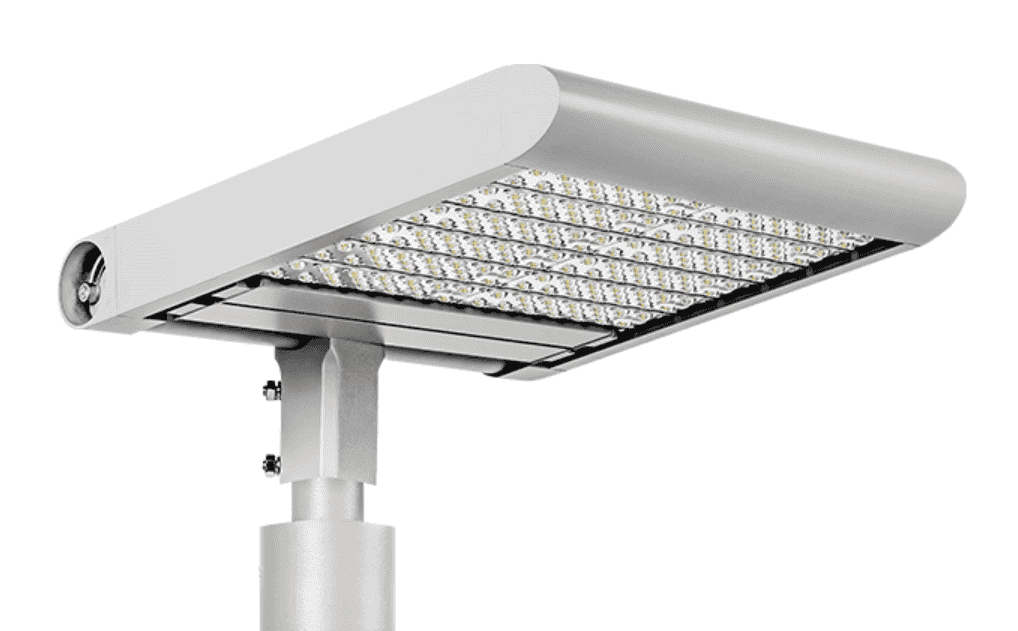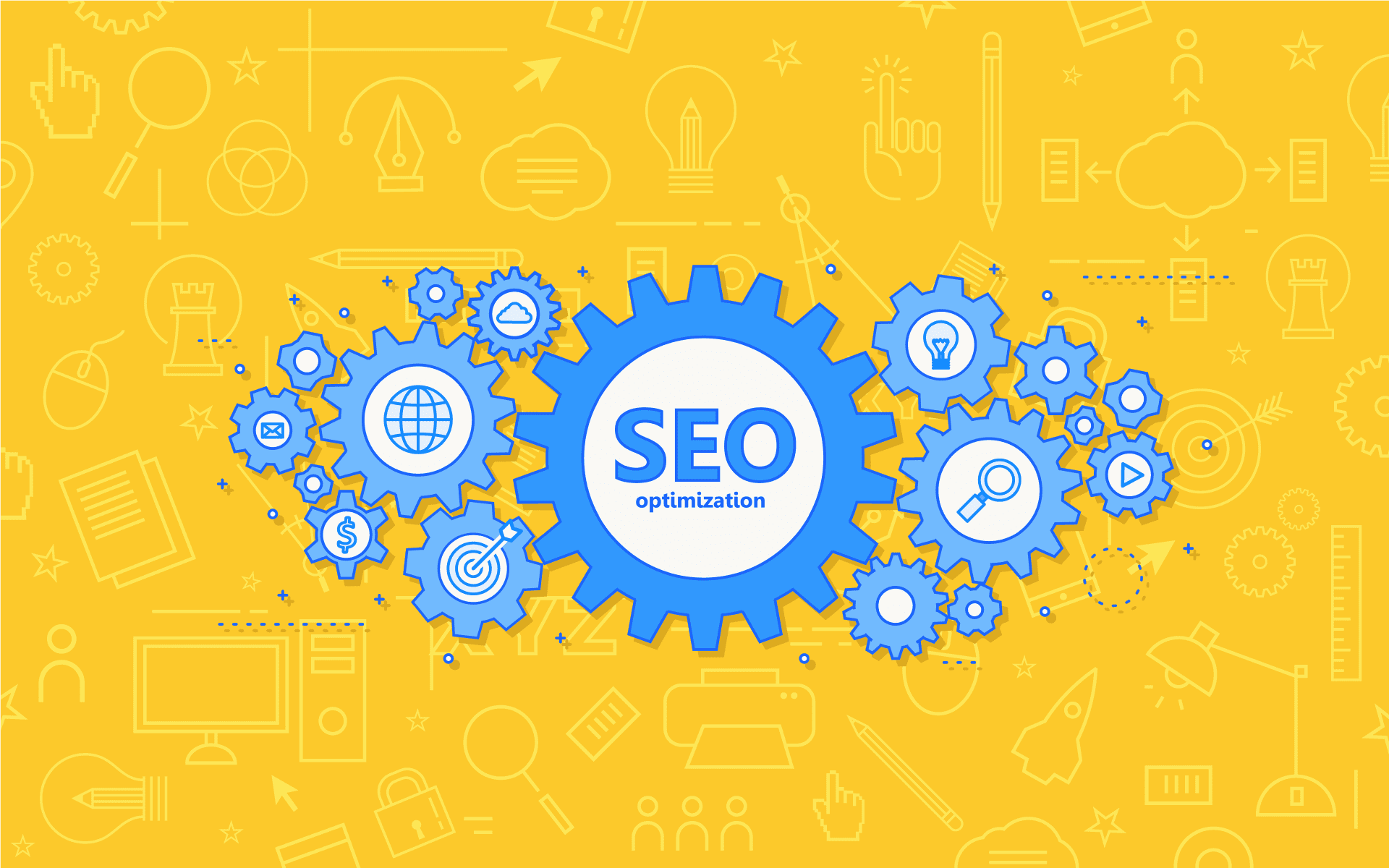When it comes to planning safe and efficient outdoor spaces, photometric lighting design plays a bigger role than many people realize. Whether it’s illuminating a parking lot, walkways, or sports fields, the right lighting isn’t just about brightness—it’s about creating balance, visibility, and efficiency. For businesses and property owners, combining photometric lighting design with commercial outdoor lighting Tampa solutions ensures that spaces are both functional and visually appealing.
What is Photometric Lighting Design?
Photometric lighting design refers to the detailed planning of how light is distributed across an area. Instead of simply placing fixtures and hoping for the best, this process involves using calculations, software, and light measurement tools to map how every beam of light will behave. It predicts brightness levels, coverage areas, and even potential shadows.
Think of it like drawing a blueprint, but instead of walls and rooms, you’re designing where and how light falls. This ensures no spot is left too dark, and no area is overly bright, creating uniform illumination that enhances both safety and comfort.
Why Does It Matter for Outdoor Spaces?
Outdoor areas are unpredictable—weather changes, traffic patterns, and varying activities make lighting a challenge. Without proper design, you could end up with dark corners in a parking lot, blinding glare on a sports field, or wasted energy on unnecessary fixtures.
Photometric lighting design provides a solution by ensuring every fixture serves a clear purpose. For example, in commercial outdoor lighting Tampa projects, designers often use it to reduce light pollution while maintaining safety. It’s the difference between a parking lot that feels unsafe at night and one that gives people confidence when walking to their cars.
The Role of Safety and Security
One of the biggest advantages of photometric planning is safety. A poorly lit space can lead to accidents or encourage unwanted activity. By carefully calculating light levels, designers create environments where pathways, entrances, and open areas are clearly visible.
For businesses, this matters because a well-lit property can reduce liability risks, deter trespassers, and make customers feel more comfortable visiting after dark. In outdoor commercial areas, this can mean higher foot traffic and better customer experiences.
The Balance Between Function and Aesthetics
While safety is crucial, appearance also matters. Harsh or poorly placed lights can make a space look uninviting. Photometric lighting design strikes a balance between utility and beauty. It makes sure the lighting not only works but also enhances the mood and atmosphere.
In Tampa, where outdoor spaces are often used for dining, events, or recreation, commercial outdoor lighting Tampa solutions often rely on photometric planning to create welcoming environments. It’s the reason you might feel relaxed walking down a well-lit outdoor plaza compared to feeling uneasy in one with scattered, unbalanced lighting.
Energy Efficiency and Sustainability
Another important part of lighting design is energy savings. Installing too many fixtures or using higher wattage than needed can skyrocket utility bills. With photometric layouts, designers know exactly how much light is necessary and where to place each fixture.
This avoids wasted energy and ensures lighting systems meet local codes and energy standards. Over time, these designs not only save money but also reduce environmental impact, which is increasingly important for businesses trying to operate sustainably.
How Photometric Studies Work
The process typically starts with a site plan. Designers then use software tools to simulate light distribution. They look at foot-candle levels, which measure the brightness reaching the ground, and make sure they meet recommended standards.
For example, a walkway might require lower levels of lighting than a busy parking lot. The design also considers factors like mounting heights, fixture types, and beam angles. These calculations are then translated into easy-to-read diagrams that show exactly how the lighting will perform once installed.
Common Applications of Photometric Lighting Design
Photometric design is used across many industries. Some of the most common applications include:
-
Parking lots and garages where visibility and security are essential.
-
Sports fields requiring balanced light without glare for players and spectators.
-
Outdoor plazas and parks that need welcoming environments after dark.
-
Industrial facilities where safety standards must be met for nighttime operations.
Each application has unique requirements, but the foundation remains the same: ensure safe, efficient, and attractive lighting.
Challenges Without Proper Lighting Design
When photometric planning is skipped, problems often arise. Uneven lighting can create unsafe blind spots, glare can reduce visibility, and energy costs can soar due to inefficient layouts. Property owners may also face compliance issues if their lighting does not meet local codes.
For businesses, these challenges can directly impact customer satisfaction and operational efficiency. A dimly lit outdoor area might discourage people from visiting, while overlit areas can waste thousands in unnecessary energy costs each year.
The Importance of Professional Planning
While some may think lighting can be installed by trial and error, professional planning saves both time and money. With photometric lighting design, property owners have a clear plan that ensures compliance with standards, avoids costly mistakes, and provides long-term efficiency.
In cities like Tampa, where commercial outdoor lighting Tampa projects often cater to diverse businesses and public areas, professional planning becomes even more critical. The unique climate, combined with active outdoor lifestyles, requires thoughtful lighting that performs year-round.
How It Shapes Future Outdoor Spaces
As technology advances, photometric lighting design is becoming even more precise. With the use of LED fixtures, smart controls, and adaptive lighting systems, designs can now respond to real-time conditions. For instance, lighting can dim when spaces are empty or brighten during high traffic hours.
This not only improves energy efficiency but also creates adaptable environments that meet modern expectations for safety and comfort. It shows how photometric design isn’t just about today but also about shaping outdoor spaces for the future.
Conclusion
Lighting is often overlooked until it becomes a problem, but with photometric lighting design, those problems are prevented before they happen. From improving safety to enhancing aesthetics and reducing costs, it provides a foundation for effective outdoor lighting solutions. Whether it’s for a small plaza or a large parking facility, combining design with planning ensures spaces are both practical and inviting.
For those considering upgrades or new installations, understanding how photometric design works can make all the difference. It’s not just about placing lights—it’s about creating environments where people feel safe, welcome, and comfortable.
FAQs
Q1: What is photometric lighting design used for?
It is used to plan and predict how light will be distributed across a space, ensuring safety, efficiency, and compliance with standards.
Q2: Why is photometric design important for outdoor areas?
It prevents dark spots, glare, and wasted energy while creating safe, balanced, and visually appealing environments.
Q3: Does photometric lighting design save money?
Yes, by avoiding unnecessary fixtures and energy waste, it helps reduce long-term operating costs.
Q4: Can photometric design be applied to small outdoor spaces?
Absolutely. Even small plazas, walkways, or building entrances benefit from calculated and balanced lighting layouts.


